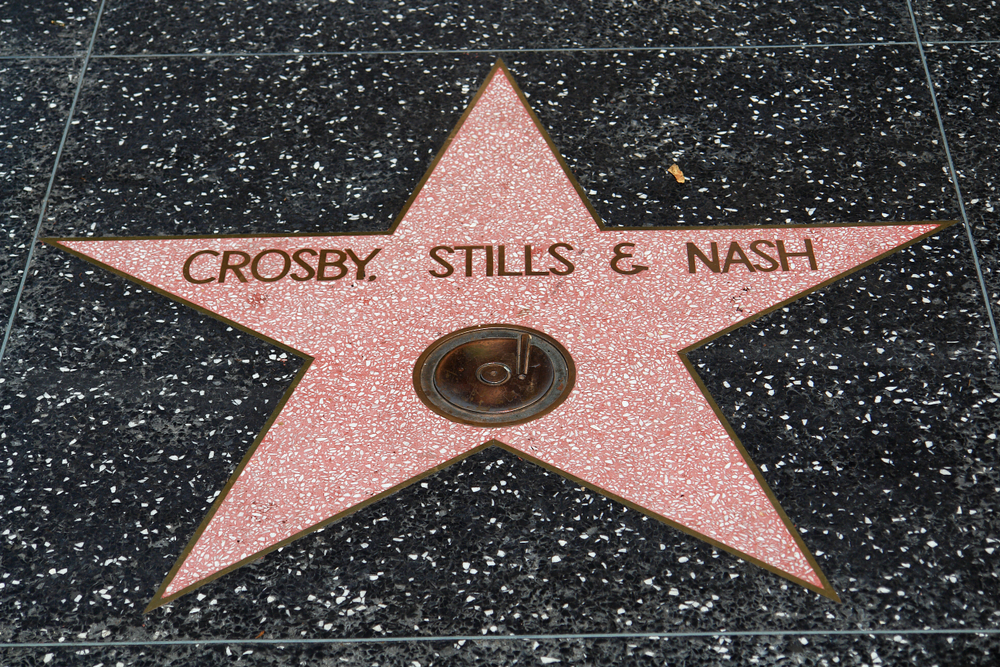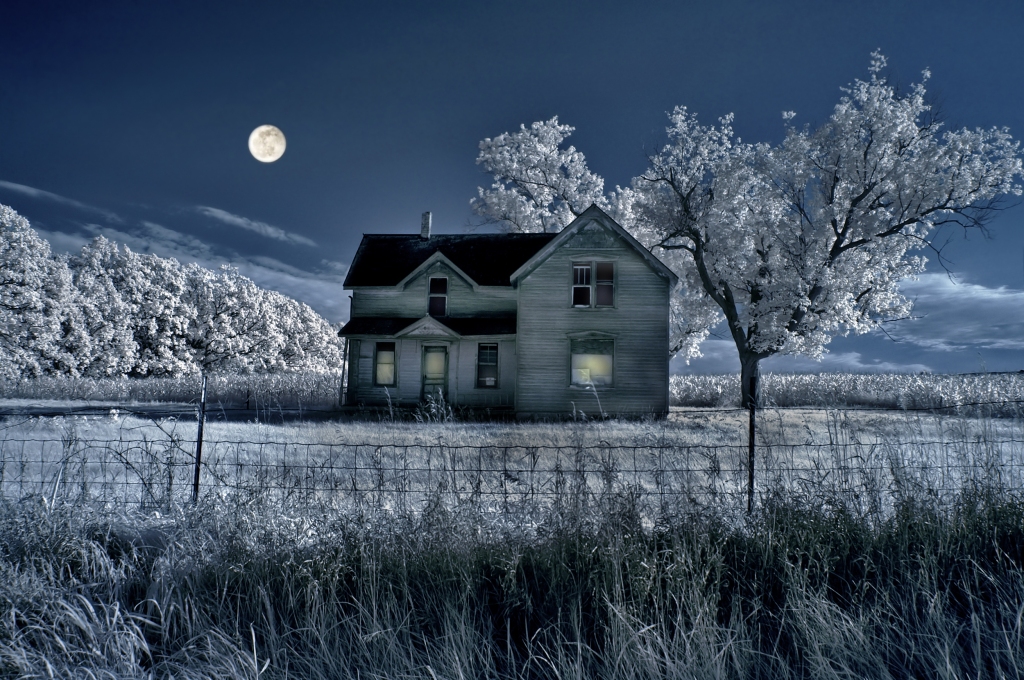Graham Nash of Crosby, Stills, Nash, and Young wrote: “Teach Your Children.” The song appears on the group’s album, Deja Vue. The lyrics pertain to the difficult relationship Nash had with his father, who spent time in prison. Nash has talked about songwriting in these terms: “The idea is that you write something so personal that every single person on the planet can relate to it. Once it’s there, it unfolds outward, so that it applies to almost any situation.”
In another quote, Nash says, “When I wrote ‘Teach Your Children,’ we didn’t know what we were doing. It was like: ‘This sounds pretty fun. We can sing this! Let’s do it!’ And then, all of a sudden, people are singing it back to me forty years later.”
Graham Nash is a photographer as well as a great musician and songwriter. Soon after writing “Teach Your Children,” Nash visited an art gallery and saw two photographs hung side by side. The photographs clarified the meaning of the song for Nash. One photo, by Diane Arbus, is titled “Child with Toy Hand Grenade in Central Park.” The other is Arnold Newman’s portrait of German industrialist Alfried Krupp, the man who manufactured arms for World Wars I and II.
In a Songfacts interview, Nash told this story about the two photos: “I have never told any gallery owner how to hang my images. They know their space way better than me, and I’m always curious as to how they put images together. And in this particular show, the gallery put these two photos together. The photos made me realize that if we didn’t teach our children a better way of dealing with our fellow human beings, we were fucked. Humanity was in great danger.”
Now, this is me talking. I often feel that art comes from somewhere else. Let’s call it “The Great Beyond.” To me, a serious artist is a channeler of messages from The Beyond through the prism of his or her experiences and personality. These messages want to come through and be heard by a large audience. “Teach Your Children” is a good illustration of this idea. Here’s my cover.








